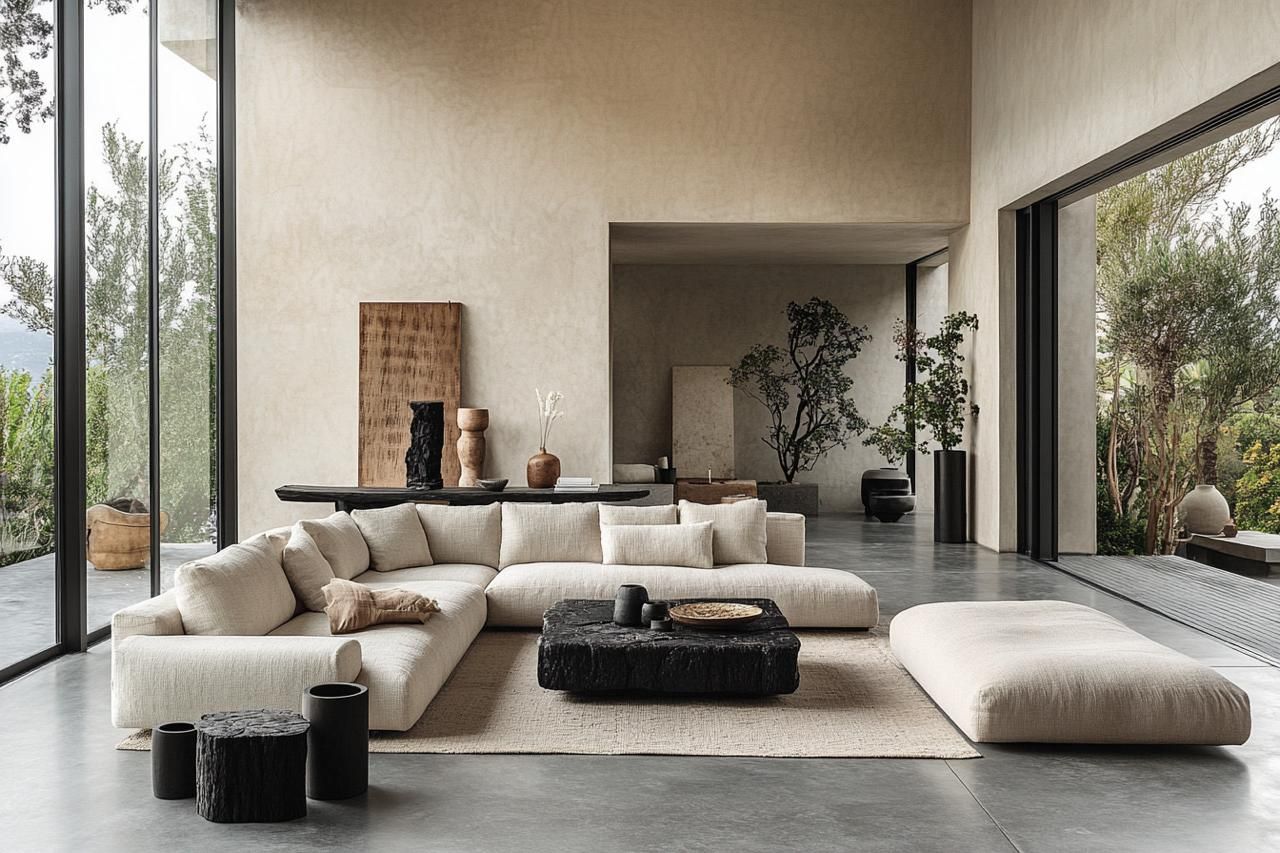
embracing minimalist interior design
Minimalist interior design is more than just a trend; it's a lifestyle choice that prioritizes simplicity, functionality, and elegance. Rooted in the principle of "less is more," this design philosophy emphasizes clean lines, open spaces, and a restrained color palette to create serene and clutter-free environments.
Key Elements of Minimalist Design
- Neutral Color Palette: Whites, grays, and earth tones dominate, providing a calm and cohesive backdrop.
- Functional Furniture: Each piece serves a purpose, often featuring sleek and modern designs.
- Open Spaces: Maximizing natural light and maintaining open floor plans enhances the feeling of spaciousness.
- Quality Over Quantity: Emphasis is placed on high-quality materials and craftsmanship, ensuring longevity and aesthetic appeal.
Incorporating Minimalism into Your Home
- Declutter: Begin by removing unnecessary items. Every object should have a place and purpose.
- Choose Simple Furniture: Opt for pieces with clean lines and minimal ornamentation.
- Use Natural Materials: Wood, stone, and metal add texture and warmth to minimalist interiors.
- Focus on Functionality: Ensure that every piece of furniture and decor serves a practical function.
The Benefits of Minimalist Living
Adopting a minimalist interior design can lead to a more organized, peaceful, and stress-free living environment. It encourages mindful consumption and a deeper appreciation for the essentials, fostering a sense of tranquility and clarity.
Minimalist interior design is about creating a space that reflects simplicity and functionality while maintaining an elegant and timeless aesthetic. By focusing on essentials and embracing a neutral palette, you can transform your home into a serene sanctuary
